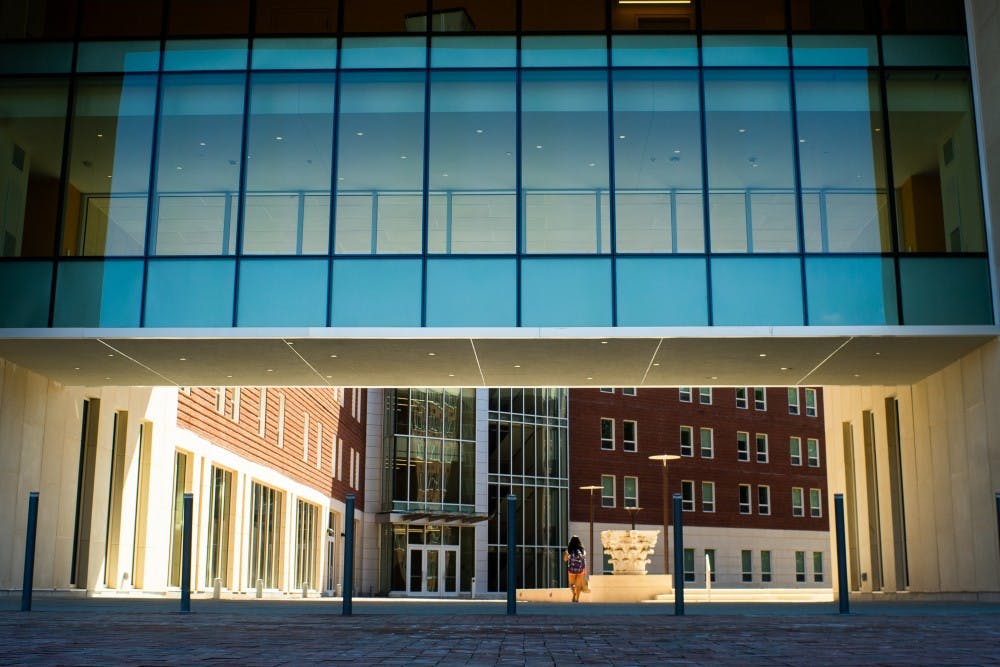The Board of Visitors announced this month that the University will be raising on-Grounds housing rates by 3.5 percent next fall in order to address increased debt and operating expenses. Last year, the University also raised on-Grounds housing rates by 3.5 percent.
All first-year housing areas will cost $6,680 per academic year — an increase of $220 per year. Bice, Lambeth and double rooms in the Languages Houses will cost $250 more, at $7,250 per academic year, and Bond, Copeley, Faulkner and single rooms in the Language Houses will cost $270 more, at $8,120 per academic year.
According to the Board, the University has accumulated $2 million in debt following the recent renovation to the McCormick Road Residence Halls and construction of the new Bond House at Brandon Avenue. The final phase of renovations to the McCormick Road houses — including Hancock, Metcalf and Lefevre Houses — will be completed in the summer.
The University Finance Committee claims raising housing prices will address this debt as well as “increased operating expenses related to utilities, maintenance and University services; and contributions to reserves for major repairs, renovation of existing facilities and construction of new facilities.”
Despite the recent construction, Bond House still experienced a variety of facility issues, including repeated sightings of mice and defective appliances. However, Uche Chima, second-year College student and Bond resident, reports that besides those issues, living in Bond was a very positive experience.
“[Bond] is hands down the best residence hall at the University,” Chima said. “It is close to Grounds, the space is clean, and it has elegant decor … It's nice to know everything is brand new and because of that, we have treated out apartment much like a sanctuary, making sure to maintain the standards set by the quality of the appliances and furniture.”
According to University Spokesperson Brian Coy, 239 students have requested to live in Bond House for the 2020-2021 academic year, out of 307 available spots. Final on-Grounds housing statistics will be released next year.
“We won’t know what percentage of students will live on Grounds next year until the processes for both returning students and incoming students complete,” Coy said. “Right now, we are still early in the returning student process, and the incoming student process has not begun.”
This semester, 98.4 percent of on-Grounds housing was occupied by students. Approximately 39 percent of undergraduate students currently live on Grounds.
In September, the Board of Visitors discussed a plan to require all students to live on Grounds for their first two years as part of the University’s 10-year strategic plan designed to make U.Va. the best public university by 2030.







